Meateater‘s Steven Rinella, Wyoming Governor Matt Mead, and Colorado Governor John Hickenlooper were celebrated for their leadership and advocacy to advance policy outcomes for wildlife and access
At the ninth annual Capital Conservation Awards Dinner last night, the Theodore Roosevelt Conservation Partnership celebrated three honorees for their leadership in ongoing collaborative conservation efforts and advocacy: Meateater host and author Steven Rinella, Republican Governor Matt Mead of Wyoming, and Democratic Governor John Hickenlooper of Colorado.
The gala event, held at the Andrew W. Mellon Auditorium in Washington, D.C., brought together policy-makers, outdoor industry innovators, and conservation group leaders. Tucker Carlson, host of FOX News Channel’s Tucker Carlson Tonight, and Rachel Maddow, host of MSNBC’s Rachel Maddow Show, served as co-masters of ceremony and set the tone for the evening with their opening remarks on the inclusive, non-partisan nature of hunting and fishing. Secretary of the Interior Ryan Zinke made closing remarks emphasizing the value of America’s public lands.
Rinella received TRCP’s 2017 Conservation Achievement Award for his demonstrated willingness to raise awareness about habitat and access issues while spurring hunters and anglers to take action. His outreach to fans and readers about Rep. Jason Chaffetz’s H.R. 621, a bill that would have disposed of 3.3 million acres of America’s public lands, was integral to rallying opposition on social media that ultimately pressured Chaffetz to withdraw the bill.
“Steven Rinella is not only an excellent ambassador for hunting and fishing, he’s dedicated to advancing conservation so that our sports can prosper long-term,” says Whit Fosburgh, TRCP’s president and CEO. “His influencer status makes Steve the ultimate sportsman’s role model, and his willingness to use that platform to bring clarity to complex policy issues and urge rank-and-file sportsmen to become informed advocates is incredibly meaningful to the American conservation movement.”
After accepting his award from Sen. Martin Heinrich, a 2016 Capital Conservation Awards honoree, Rinella restated his commitment to demystifying the public land transfer issue, and other conservation imperatives, for the average sportsman. “I grew up within a couple of miles of the Huron-Manistee National Forests in Michigan, and as a kid it was as if that public land just appeared there for me to use—I never thought about why, or how it was a part of a great American legacy of conservation,” he said. “I work to open the eyes of guys like me, who just never thought about it before. It’s not an easy to poem to write, but it’s critical.”
Governors Mead and Hickenlooper were presented with the 2017 James D. Range Conservation Award—named for TRCP’s co-founder, a conservation visionary, and presented to one Democrat and one Republican each year—for their collaborative efforts to help restore sagebrush habitat as co-chairs of the Western Governors’ Association Sage Grouse Task Force. They are the first state governors to receive the award, which is typically given to one Democrat and one Republican in Congress.
Gov. Mead shared credit with his task force colleagues and cited Wyoming’s unique outdoor-recreation-driven economy and future generations of outdoorsmen and women as his inspiration. His award was presented by Jim Ogsbury, executive director of the Western Governors’ Association.
Gov. Hickenlooper accepted his award from Sen. Michael Bennet and addressed the many benefits of public lands for Coloradans—including hunting and fishing access—and “the magic” of the simplest outdoor experiences.
Learn more about the TRCP’s Capital Conservation Awards here and here.
Watch Steven Rinella’s acceptance speech here.

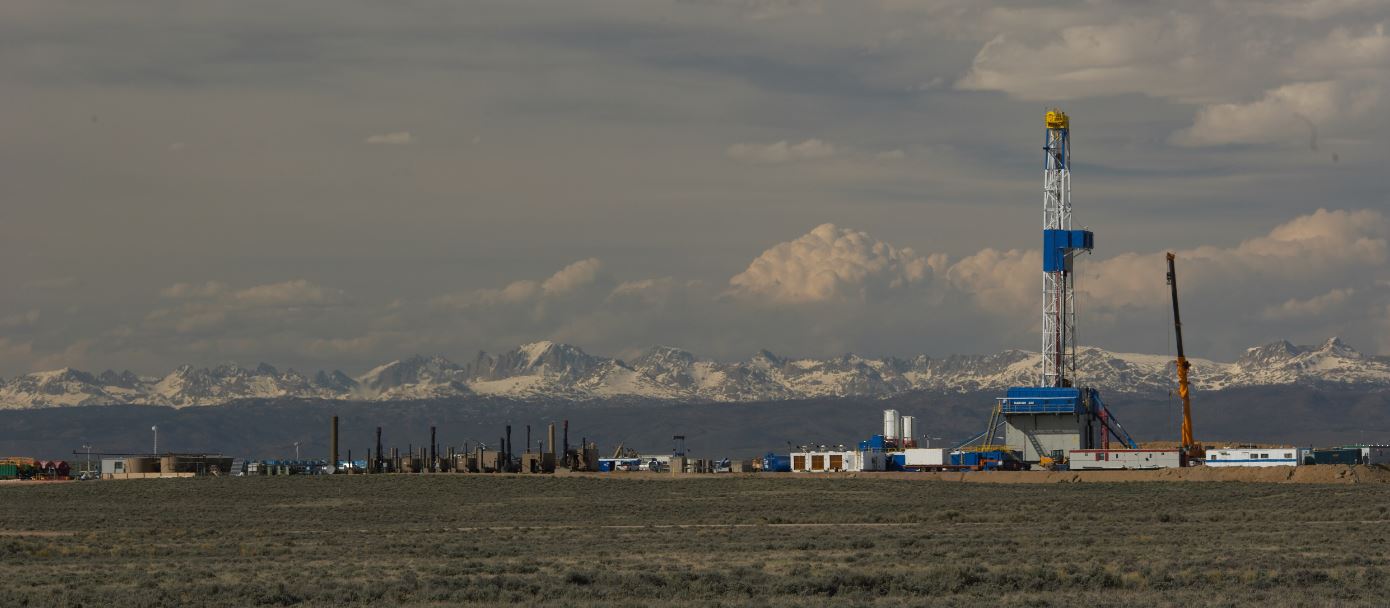
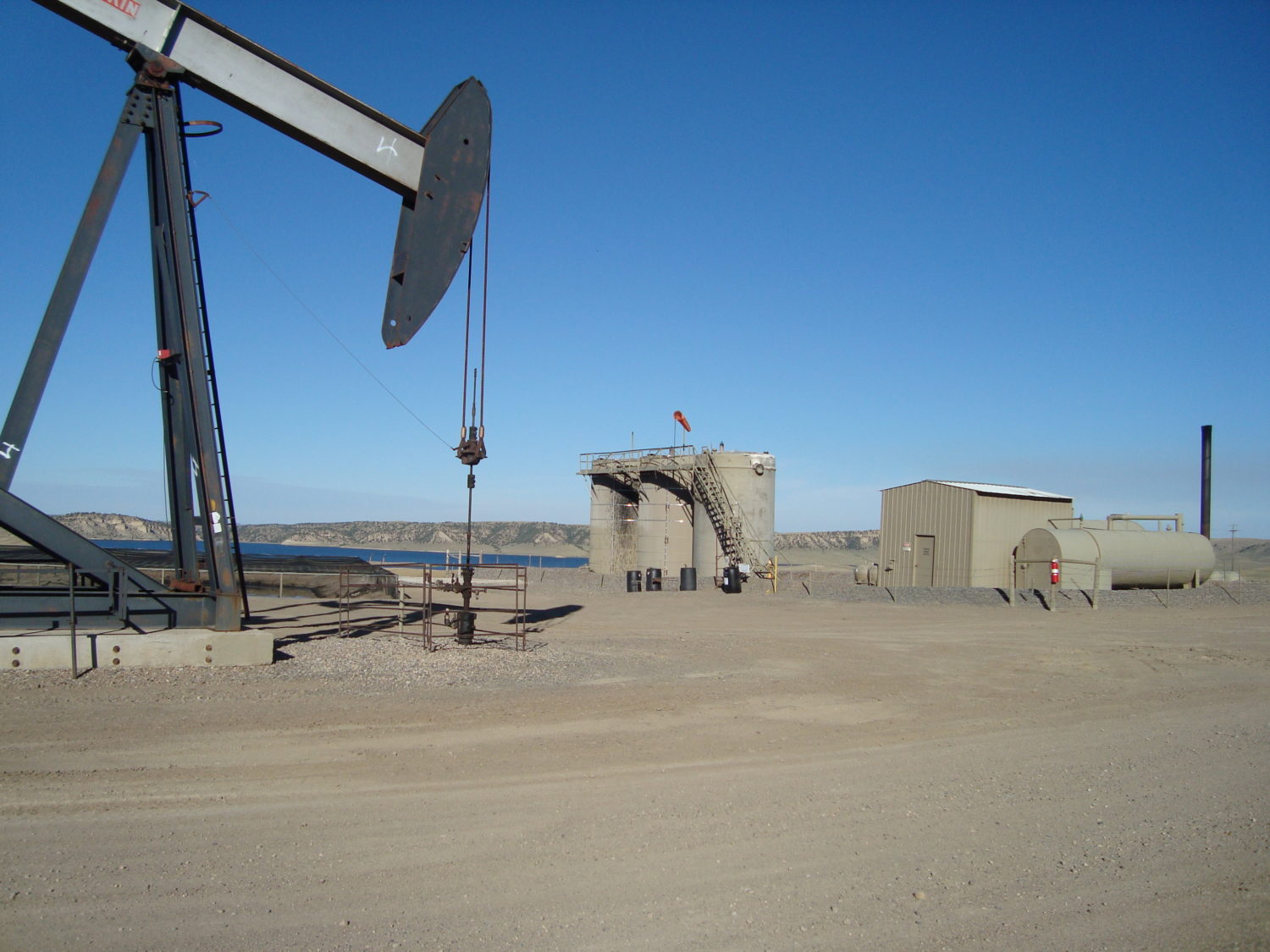
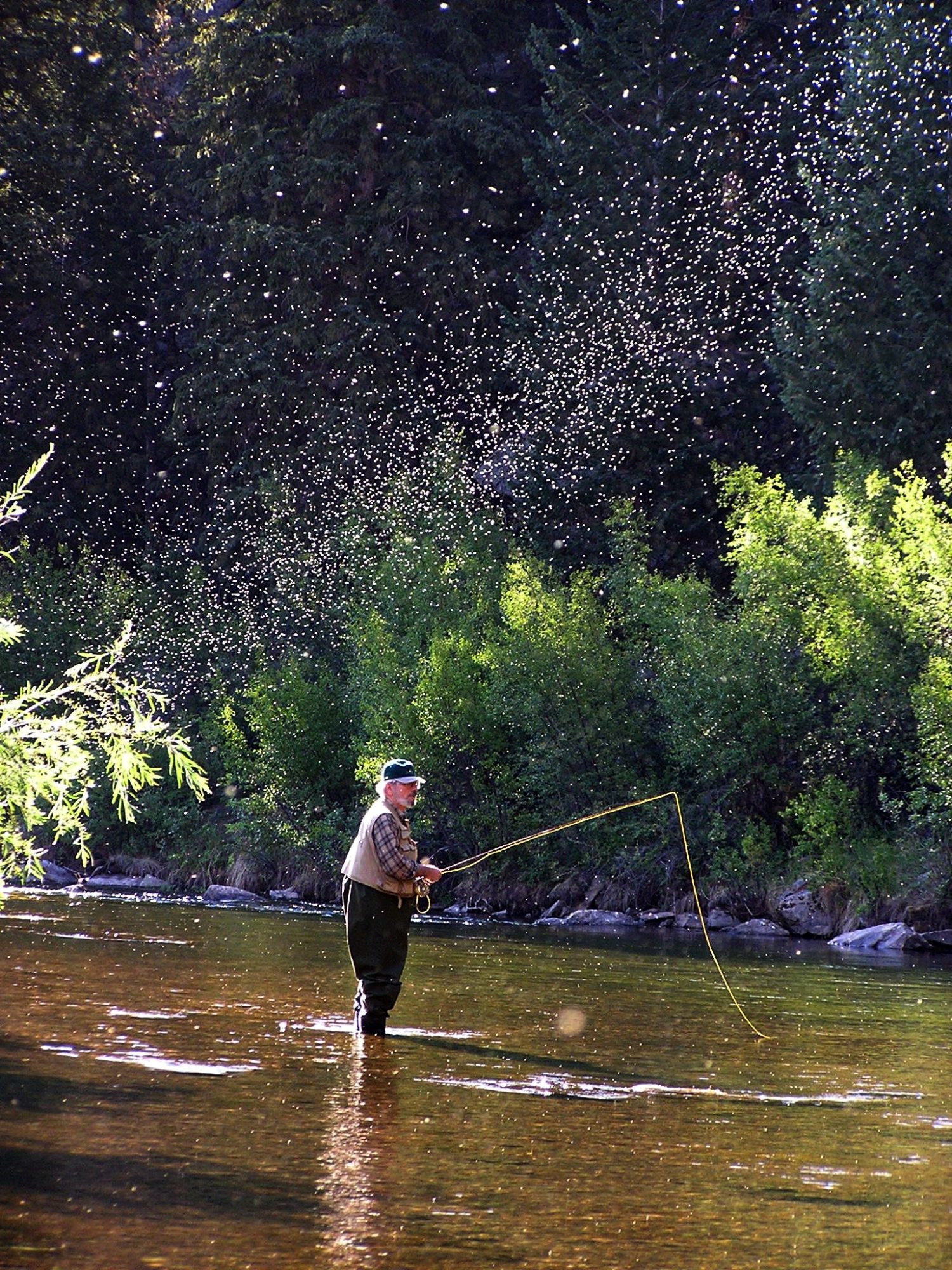
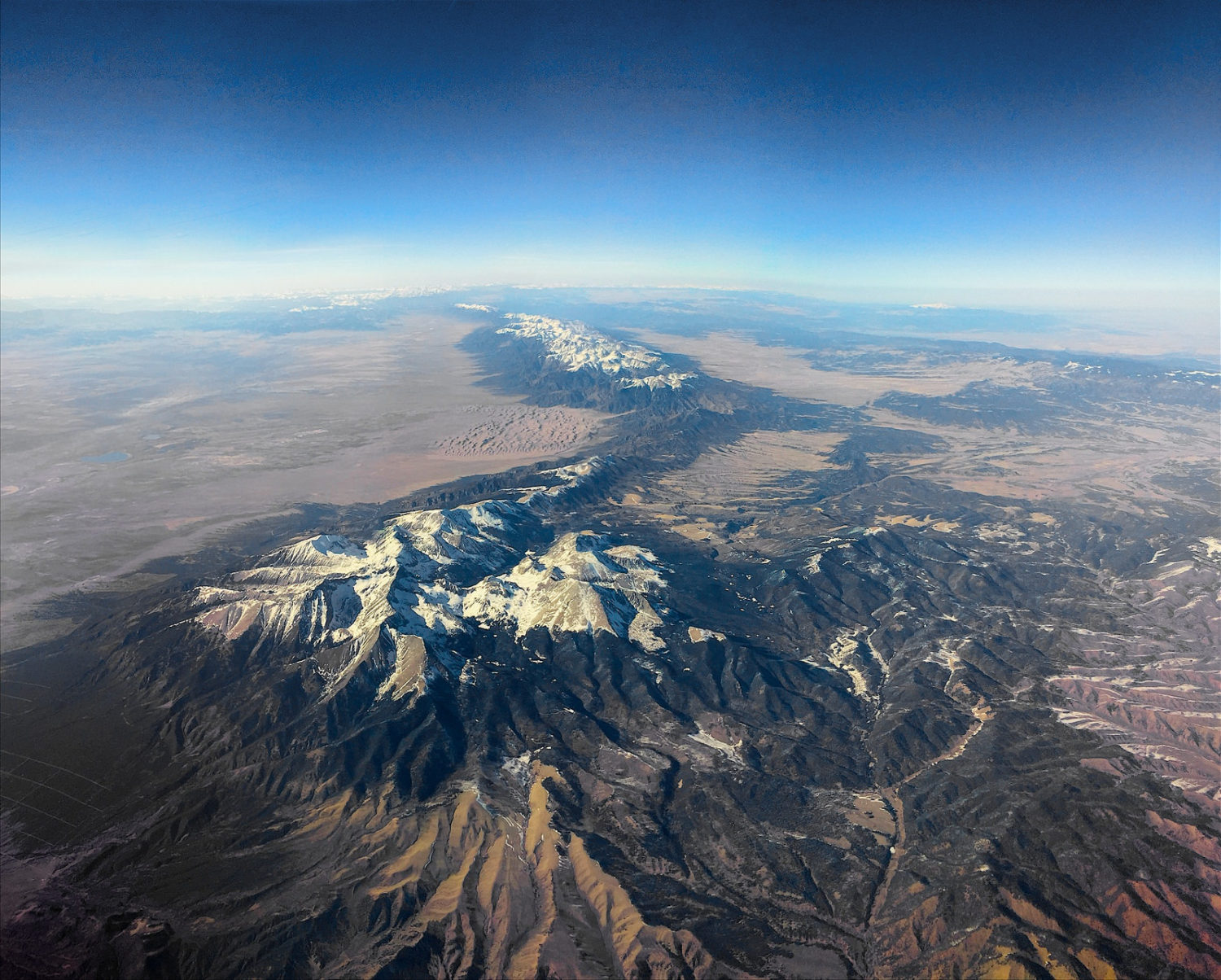
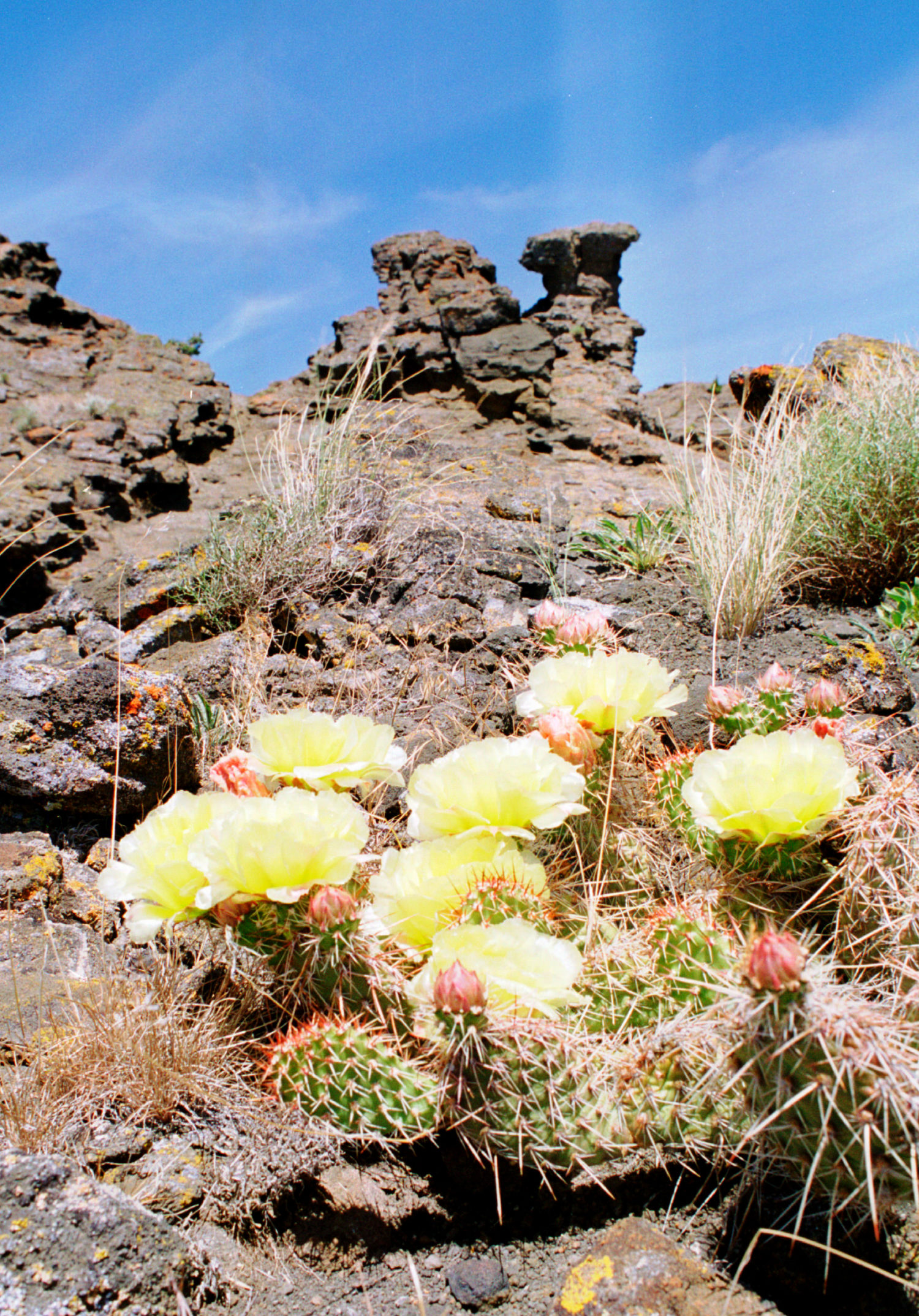
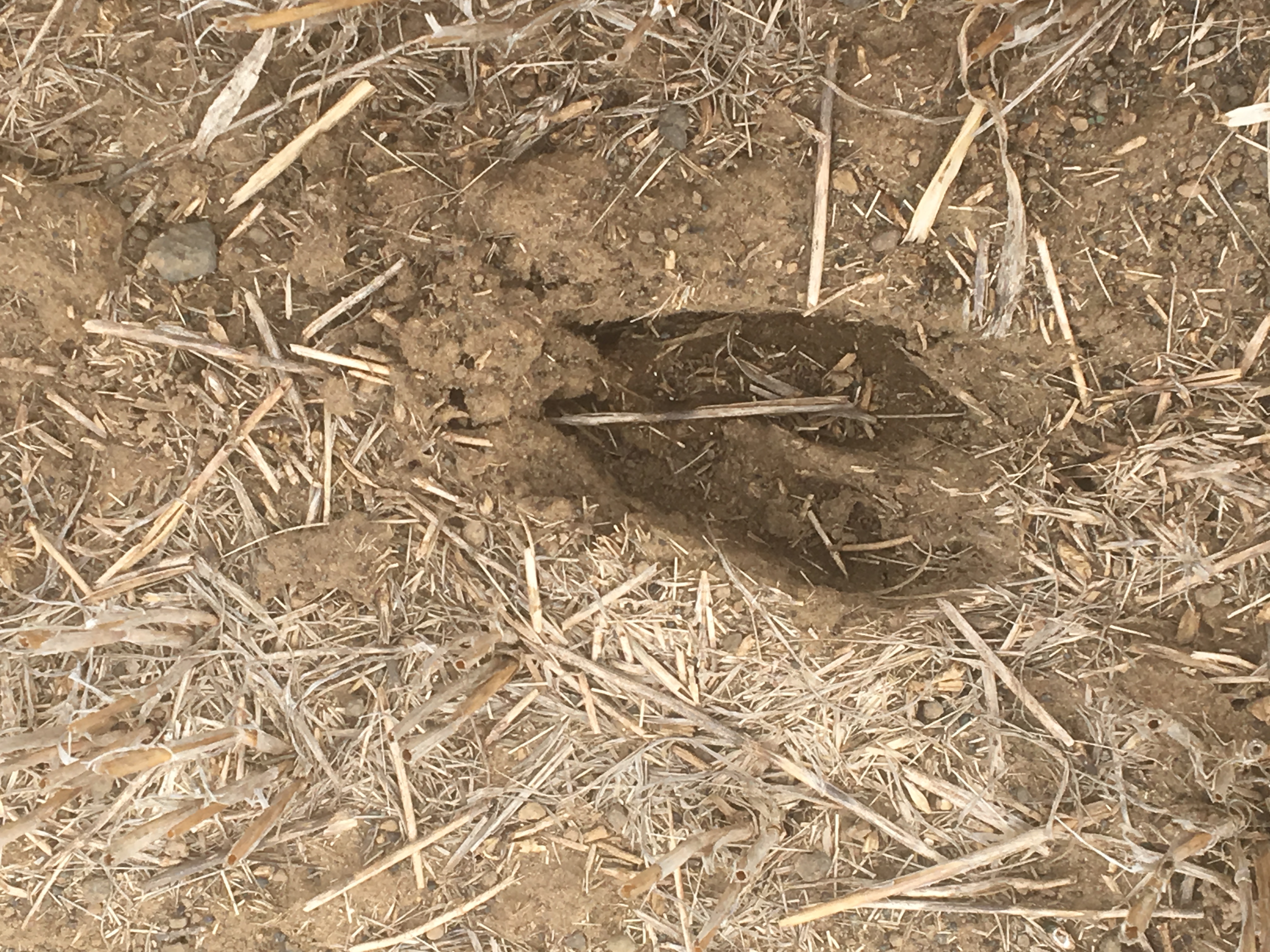
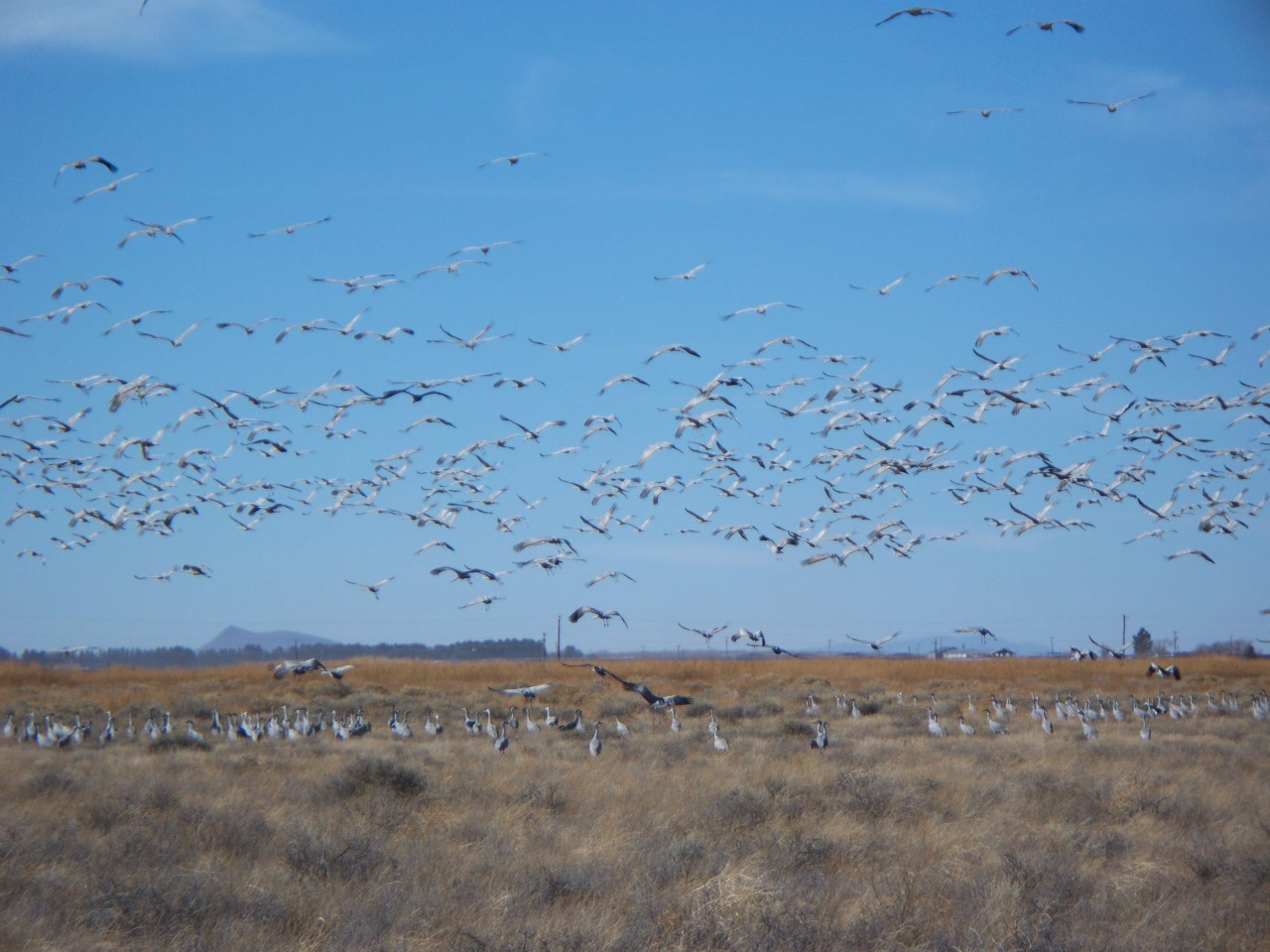




It would be great to see video of this event released, particularly of Steve’s speech.
Agreed! Video would be great.
Agreed!!
We posted the speech yesterday. Check it out here: https://www.facebook.com/TheTRCP/videos/10154642913907945/
I’m a big fan of Steve Rinella, his conservation work and his writing. Thank you TRCP for recognizing him this year. As a Wyoming Native, however, I was somewhat appalled to hear Mead was being awarded. His lack of leadership and surrender to polluters, reckless energy extraction and corporate corruption has not only continued Wyoming along on an economic rollercoaster of boom and bust, but done generational damage to the state lands. I have to question the integrity of a system that would award any Wyoming politician at this stage. What was TRCP thinking? He was the least vile of the terrible options?
Great to see Rinella receive recognition for his advocacy. His use of social media is expert and he has motivated me AND my twenty-something sons to get involved to share public land importance with sports team mates and coworkers. Agree on the curious choice regarding Wyoming particularly with the headlong efforts on natural gas extraction?